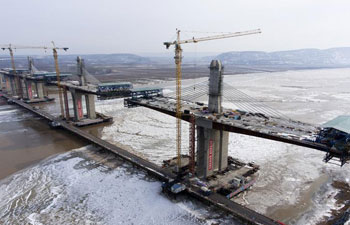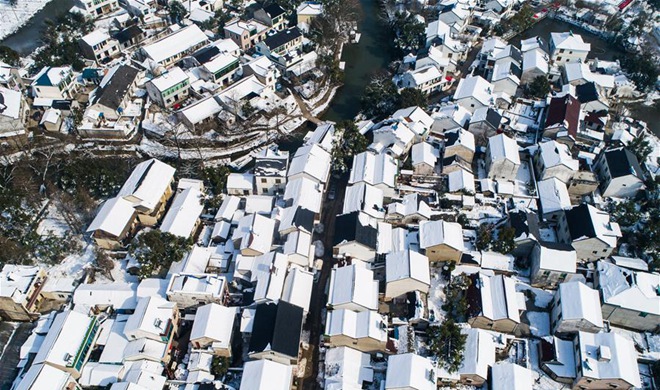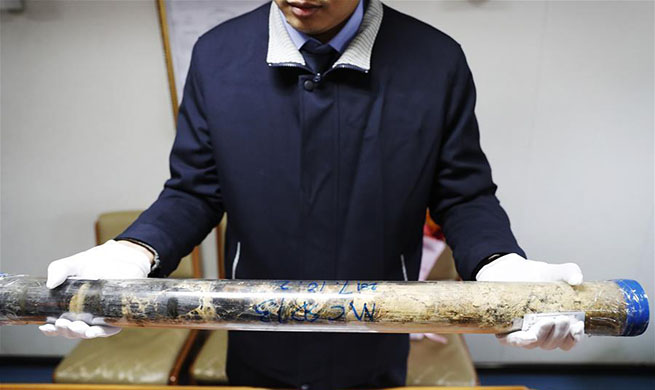LOS ANGELES, Jan. 30 (Xinhua) -- An emergency text alert warning residents in the U.S. state of Hawaii of an imminent ballistic missile threat on Jan. 13 was a false alarm due to human error and inadequate safeguards, according to a report released Tuesday by the U.S. Federal Communications Commission (FCC).
The mistake happened when the the Hawaii Emergency Management Agency was conducting a regularly scheduled shift change in the morning on the day.
At 8:05 a.m. local time, the midnight shift supervisor initiated the drill by placing a call to the day shift warning officers, pretending to be U.S. Pacific Command.
The supervisor played a recorded message over the phone. The recording began by saying "exercise, exercise, exercise," language that is consistent with the beginning of the script for the drill.
After that, however, the recording did not follow the Hawaii Emergency Management Agency's standard operating procedures for this drill.
Instead, the recording included language scripted for use in an Emergency Alert System message for an actual live ballistic missile alert.
It thus included the sentence "this is not a drill." The recording ended by saying again, "exercise, exercise, exercise." Three on-duty warning officers in the agency's watch center received this message, simulating a call from U.S. Pacific Command on speakerphone, according to the preliminary report of the FCC.
The day shift warning officer who initiated the alert heard "this is not a drill" but did not hear "exercise, exercise, exercise." The officer therefore believed that the missile threat was real.
At 8:07 a.m., this officer responded by transmitting a live incoming ballistic missile alert to the State of Hawaii. The day shift warning officer used software to send the alert.
"Based on our investigation to date, the Bureau believes that a combination of human error and inadequate safeguards contributed to this false alert," said the FCC.
"Once the false alert was sent, the error was worsened by the delay in authoritatively correcting the misinformation. The Hawaii Emergency Management Agency had not anticipated the possibility of issuing a false alert and, as such, had failed to develop standard procedures for its response," the FCC added.
It took about 38 minutes for the initial alert to be retracted on Jan. 13.
The local authority in the Pacific U.S. State of Hawaii apologized for the false emergency alert, which had caused panic cross the islands and on social media platforms.
FCC said it will continue its investigation and issue a final report, including recommended measures to safeguard against false alerts and to mitigate their harmful effects if they do occur.

















